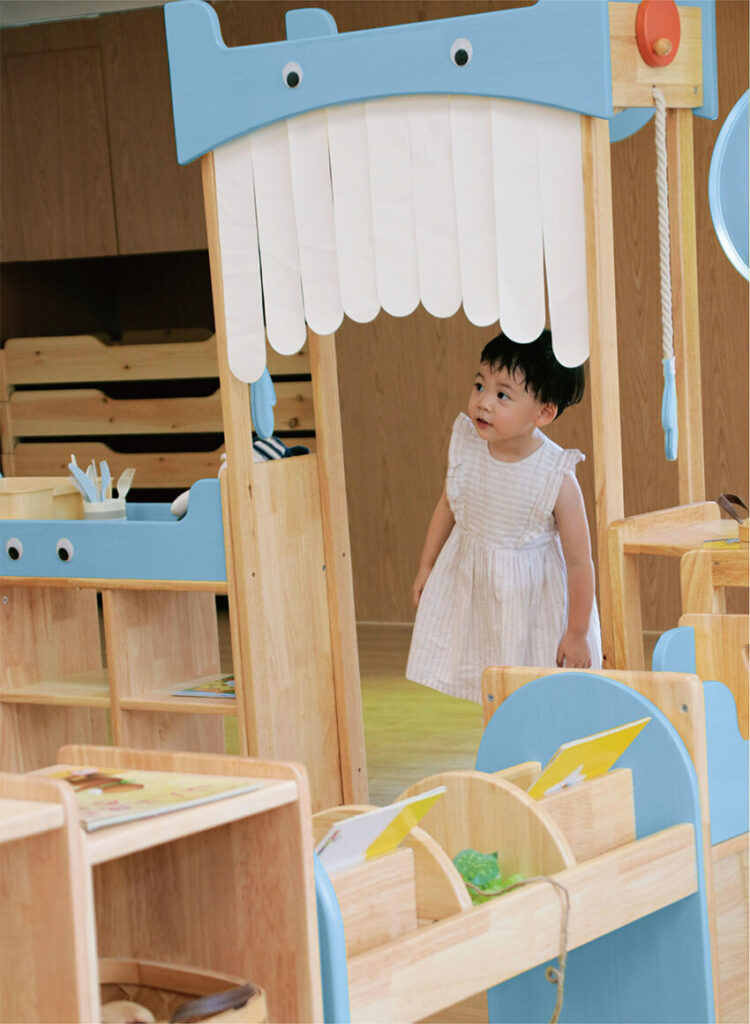Are you ready to unlock the limitless creativity of young minds? Creating the perfect classroom layout for preschool is not just about arranging desks and chairs; it’s about fostering an environment that nurtures imagination, exploration, and learning. From the arrangement of preschool furniture to the choice of colors and materials, every aspect plays a crucial role in stimulating young children’s minds and encouraging their natural curiosity. In this article, we will delve into the key elements of designing a preschool room layout that promotes creativity and engagement. Whether you’re a teacher, a parent, or an education professional, this guide will provide you with valuable insights and practical tips to transform any classroom preschool design into a vibrant and inspiring space. Get ready to unleash the full potential of your little ones as we embark on a journey to unlock creativity in the classroom.
Importance of classroom layout for Preschoolers
The layout of a preschool classroom is of utmost importance as it directly impacts the overall learning experience of young children. A well-designed classroom layout can promote creativity, enhance engagement, and support the development of essential skills. Here are some key reasons why the classroom layout is crucial for preschoolers.
Optimal use of space
A well-thought-out classroom layout ensures that every inch of space is utilized effectively. It allows for designated areas where children can engage in various activities such as art, reading, and hands-on exploration. By optimizing the use of space, children have ample room to move around and explore their surroundings, fostering a sense of freedom and independence.
Safety and supervision
A well-designed classroom layout prioritizes the safety and supervision of preschoolers. It ensures that there are clear sightlines for teachers to monitor the children at all times. Additionally, it minimizes potential hazards and creates a safe environment for children to freely explore and engage in activities.
Encourages collaboration and social interaction
A thoughtfully designed classroom layout promotes collaboration and social interaction among preschoolers. By creating spaces that facilitate group activities and peer-to-peer interaction, children learn to work together, communicate effectively, and develop important social skills.
Creating an engaging and stimulating classroom layout requires careful consideration of various factors. Let’s explore some of these factors in detail.
Factors to consider preschool classroom layout ideas
When designing a classroom layout for preschool, it’s essential to consider several factors that contribute to a conducive learning environment. By taking into account these factors, you can create a space that encourages creativity, engagement, and exploration. Here are some key factors to consider.
Flexibility and adaptability
Preschoolers thrive in an environment that allows for flexibility and adaptability. Consider incorporating movable furniture and versatile learning areas that can be easily rearranged to accommodate different activities and learning styles. This flexibility enables children to explore and engage with their surroundings in various ways, promoting creativity and critical thinking.
Accessibility and organization
Accessibility is crucial in a preschool classroom design. Ensure that materials, toys, and learning resources are easily accessible and well-organized. Use open shelves, labeled storage bins, and low-level furniture to encourage independence and enable children to locate and return items effortlessly. A well-organized classroom promotes a sense of order and enables children to focus on their activities without unnecessary distractions.
Natural lighting and color scheme
Optimizing the use of natural lighting is crucial in shaping the atmosphere and fostering a positive mood within a classroom setting. To fully harness the benefits of natural light, consider strategically placing furniture and learning areas near windows to maximize exposure. Complementing this approach, pay careful attention to the color scheme of the classroom. Opting for soft, neutral colors can effectively contribute to creating a serene and tranquil environment, enhancing the overall ambiance for young learners.
Creating an effective preschool classroom layout involves careful planning and consideration of the needs and interests of the children. Let’s explore some popular preschool floor plan layouts that can inspire your own classroom design.
Creating Different Preschool Floor Plan Layouts
The floor plan layout of a preschool classroom plays a crucial role in determining the flow and functionality of the space. There are several popular floor plan layouts that can be customized to suit the needs of your preschool. Here are some examples.
Traditional layout
The traditional layout is a common choice for preschool classrooms. It typically features a large central area with tables and chairs arranged in rows. This layout allows for whole-group instruction and facilitates teacher-led activities. Additional learning centers and play areas are placed along the perimeter of the classroom, providing opportunities for independent and small-group activities.
Learning centers layout
The learning centers layout is designed to create distinct areas for different activities and learning experiences. This layout features dedicated spaces for art, science, reading, imaginative play, and more. Each learning center is equipped with materials and resources specific to the activity, allowing children to explore and engage in various hands-on experiences.
Montessori-inspired layout
The Montessori-inspired layout emphasizes independence, self-directed learning, and hands-on exploration. This layout incorporates low-level shelves, open floor spaces, and a variety of learning materials that children can choose from independently. The classroom is divided into different areas, such as practical life, sensorial, language, math, and cultural, each providing opportunities for self-guided learning and discovery.
In conclusion

When designing your preschool floor plan layout, consider the unique needs and interests of your students. Remember, the goal is to create a space that fosters creativity, engagement, and exploration. Now, let’s explore how incorporating sensory elements in the classroom design can further enhance the learning experience for preschoolers.

